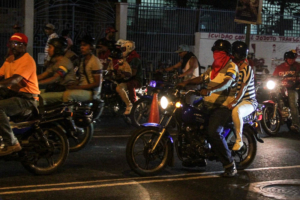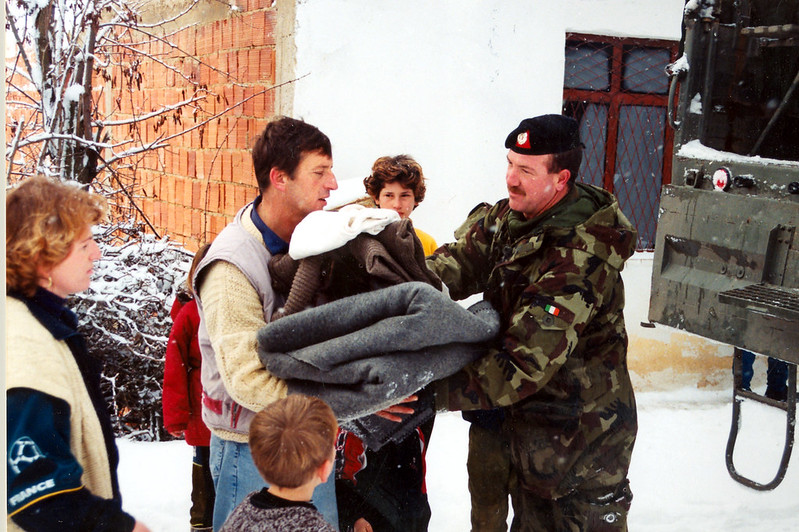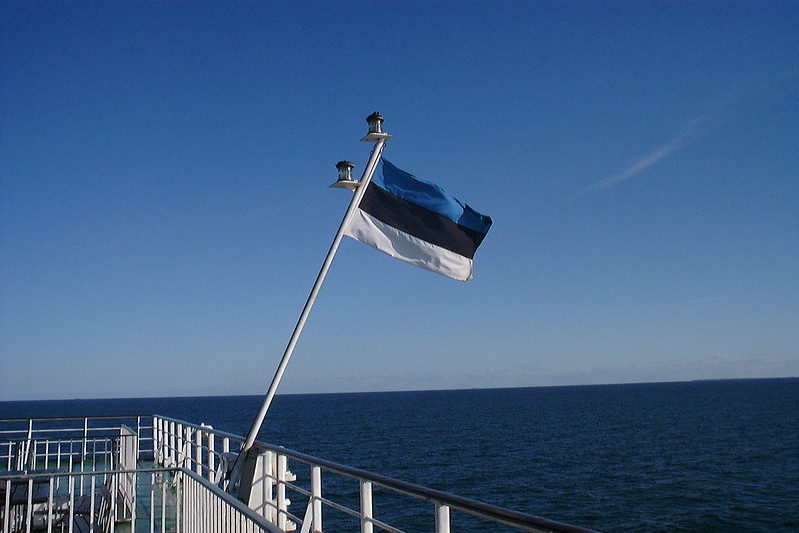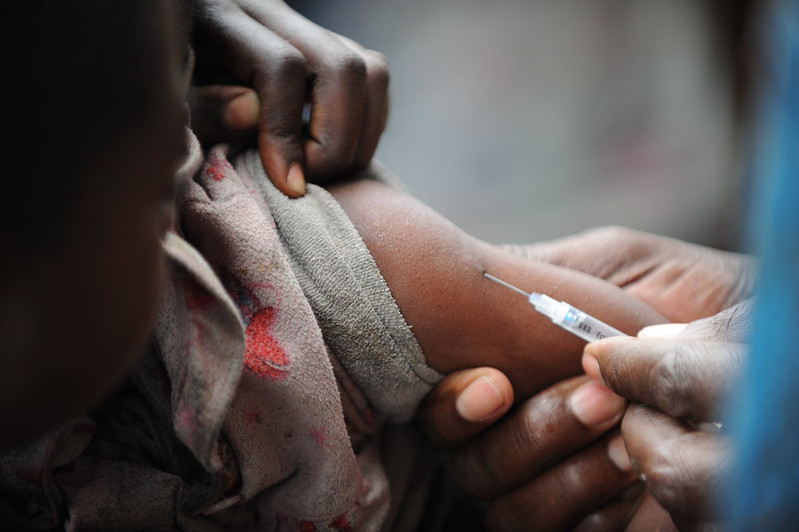 Once a prosperous country rich in natural resources, Venezuela now faces an alarming poverty crisis. With hyperinflation, food shortages and a collapsing health care system, millions of Venezuelans struggle to meet basic needs. In this challenging landscape, foreign aid has become a crucial lifeline, delivering essential services that the government is increasingly unable to provide.
Once a prosperous country rich in natural resources, Venezuela now faces an alarming poverty crisis. With hyperinflation, food shortages and a collapsing health care system, millions of Venezuelans struggle to meet basic needs. In this challenging landscape, foreign aid has become a crucial lifeline, delivering essential services that the government is increasingly unable to provide.
The Role of Foreign Aid
Venezuela’s economy has spiraled for years, burdened by political turmoil, reliance on oil exports and international sanctions. As a result, more than seven million Venezuelans urgently need assistance. Foreign aid, primarily through nonprofits and international organizations, has become essential, filling the gaps in food security, health care and clean water access. Many Venezuelans depend on foreign aid to survive and keep families together and communities functioning.
World Food Programme
World Food Programme (WFP) World Food Programme is one of Venezuela’s largest humanitarian agencies providing food assistance. Its programs focus on distributing food baskets and providing school meals to fight hunger and malnutrition. WFP has aimed to reach at least 1.5 million children, especially in rural areas, where food scarcity is most severe. By targeting schools, WFP ensures that children receive proper nutrition and are encouraged to continue their education.
International Rescue Committee
The International Rescue Committee (IRC) provides essential health care, emergency support and cash assistance in Venezuela. It works with families to ensure access to lifesaving medicines and health services, which are otherwise too expensive or unavailable. The IRC also collaborates with partners in neighboring countries to assist those fleeing Venezuela, supporting them with food, shelter and legal assistance. The IRC’s focus on holistic support allows it to address immediate needs while helping people stabilize for the future.
Caritas Internationalis
Caritas Internationalis is a Catholic humanitarian organization with a strong local network across Venezuela. It provides food, medicine and clean water to those most affected by the crisis, including families in remote areas. Caritas also has nutritional programs that target malnourished children and pregnant women, who are most vulnerable to the effects of food insecurity. The organization runs soup kitchens, distributes medical supplies and promotes community health initiatives.
Challenges and Gaps in Aid
While these organizations are achieving significant impacts, their challenges are substantial. Political restrictions make it difficult for foreign organizations to operate freely and aid workers often face bureaucratic barriers that delay the delivery of supplies. Additionally, underfunding limits the reach of their programs. Despite their best efforts, organizations like WFP, IRC and MSF often report funding shortfalls, which prevent them from scaling their efforts to meet the growing demand.
A Call to Action
The poverty crisis in Venezuela is one of the most pressing humanitarian issues today, yet it receives limited global attention. Donor countries, private sectors and international institutions need to increase their support for Venezuelan aid. Without sustained and coordinated aid efforts, the situation will only worsen, deepening poverty and further destabilizing the region.
– Yuhan Ji
Yuhan is based in Cambridge, MA, USA and focuses on Good News for The Borgen Project.
Photo: Flickr
 In
In 

 Estonia, a
Estonia, a 
 In October 2024, the Democratic Republic of the Congo (
In October 2024, the Democratic Republic of the Congo (

 The reignition of
The reignition of 